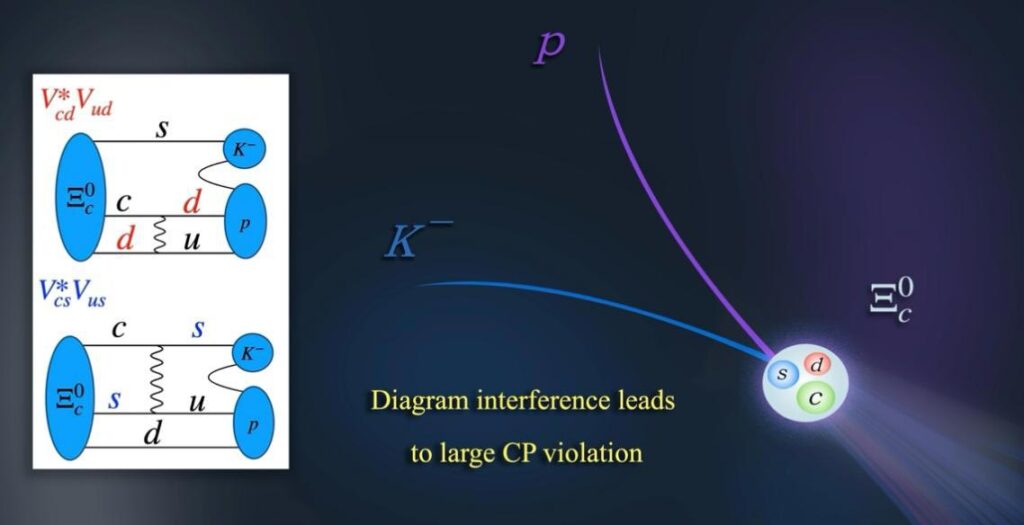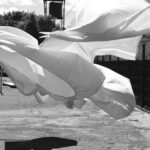New research predicts surprisingly large CP violation effects in charmed baryon decays, an essential step toward solving the universe’s matter-antimatter imbalance.
Scientists have long been intrigued by one of the universe’s most enduring puzzles: why matter vastly outweighs antimatter. A phenomenon known as CP violation is widely believed to hold a key to solving this mystery. As Nobel Prize-winning physicist Tsung-Dao Lee once said, “Symmetry reveals the beauty of the universe, while asymmetry generates its substance.”
While past studies have uncovered unexpectedly strong CP violation in the decays of charmed mesons, similar investigations involving charmed baryons have yielded less definitive results. To investigate this gap, Professor Xiao-Gang He and Dr. Chia-Wei Liu from the Tsung-Dao Lee Institute (TDLI) at Shanghai Jiao Tong University applied SU(3) flavor symmetry theory in combination with a process called final-state re-scattering. Their theoretical work suggests that CP violation in charmed baryon decays may be significantly more pronounced than earlier models had predicted.
The Role of Final-State Re-Scattering

The study highlights that final-state re-scattering plays a crucial role in CP violation phenomena. This mechanism facilitates effective secondary interactions among particles, generating the strong phases necessary for CP violation. The predicted matter-antimatter asymmetry in charmed baryon decays could reach a level of one-thousandth, far exceeding prior theoretical estimates.
Established in Shanghai in 2017, TDLI dedicates itself to unraveling the mysteries of nature. Professor Xiao-Gang He, head of the Particle and Nuclear Physics division, stated, “The research on charm CP violation opens new pathways for experimental exploration and provides deeper insights into the fundamental mechanisms underlying the universe’s matter-antimatter asymmetry. It offers important opportunities for further tests of the Standard Model and potential discoveries of new physics.”
The research findings hold promising prospects for experimental verification. Currently, experiments such as BESIII, LHCb, and Belle II already have certain detection capabilities. China’s upcoming Super Tau-Charm Facility (STCF) is expected to significantly enhance sensitivity, offering sustained support for frontier exploration by the physics community.







